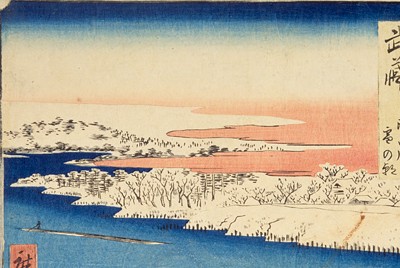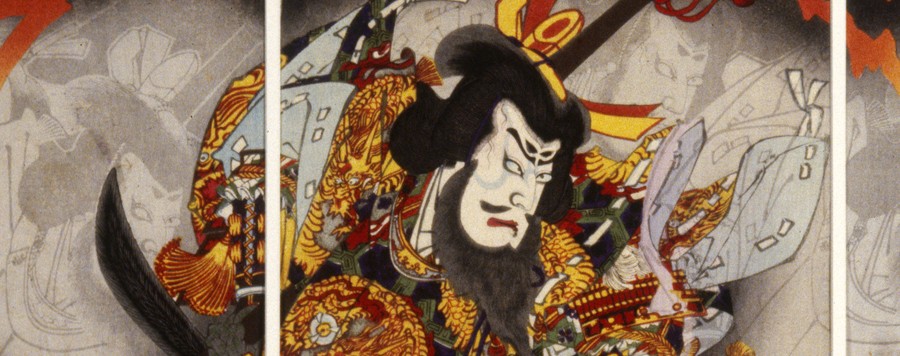Hisotry of Kumotori

People have lived in the area since the Jomon period (16,000 years ago), and the subsistence society was based on hunting and gathering. During the Edo period (1603-1867), many slash-and-burn cultivation fields and kayaba were established. In the Edo period (1603-1867), many slash-and-burn cultivation fields and kayaba were created, and as the demand for timber increased due to the expansion of Edo city, logging became active and groups of raft riders were seen going down the Tama River. In 1957, the Oku-Tama Dam was completed and Lake Oku-Tama was created as a water source for the people of Tokyo. The park was later renamed Chichibu-Tama-Kai National Park. Even today, many traditional performing arts have been passed down through the generations, including the nationally designated "Kashima Odori" (Kashima dance), the metropolitan-designated "Shishimai" (lion dance), and "Kuruma Ningyo" (dolls for cars), which are designated as intangible folk cultural assets. The area has also become a popular tourist destination for various outdoor activities such as mountain climbing, cycling, fishing, and camping.There is also a legend that Mt. Kumotori was the refuge of Taira no Masakado, who was chased for treason in the mid-Heian period (794-1185). Masakado was a warrior descended from Emperor Kanmu, and was a powerful family based in the city of Hitachi, Ibaraki Prefecture. Eventually, he had land disputes with his uncles Taira no Kunika and Minamoto no Mamoru, and as a result, he ended up bowing down to the Imperial Court. In an attempt to make the Kanto region an independent state, he took the name of "Shin'emperors" (new emperors) and was confronted head-on by the Imperial Court as a rebel and an enemy of the court. He was pursued by Fujiwara Tadafumi, who was appointed barbarian general, and Fujiwara Hidesato, the ancestor of the Oshu Fujiwara clan and was eventually defeated and hanged in Kyoto.
